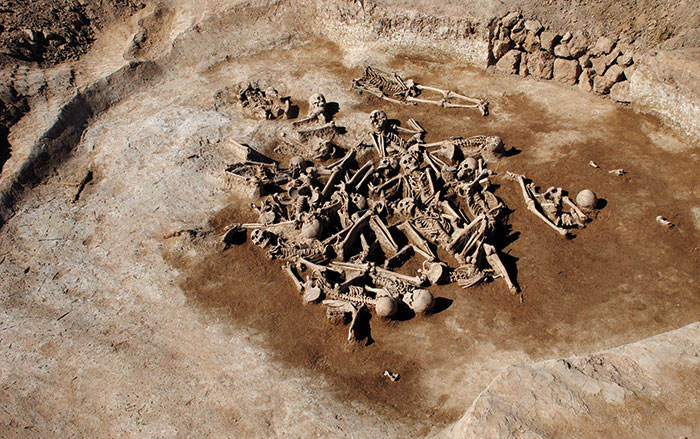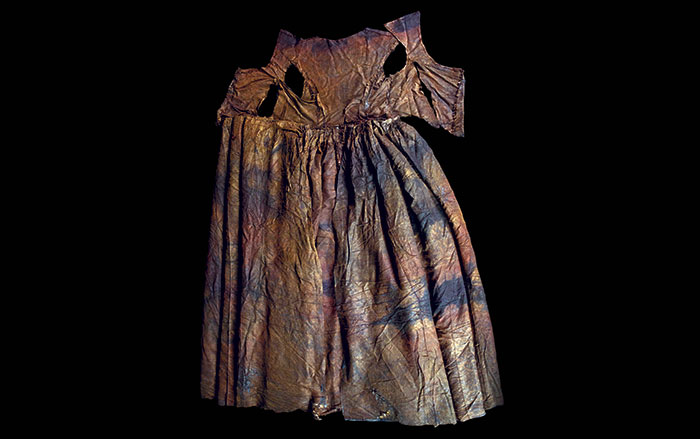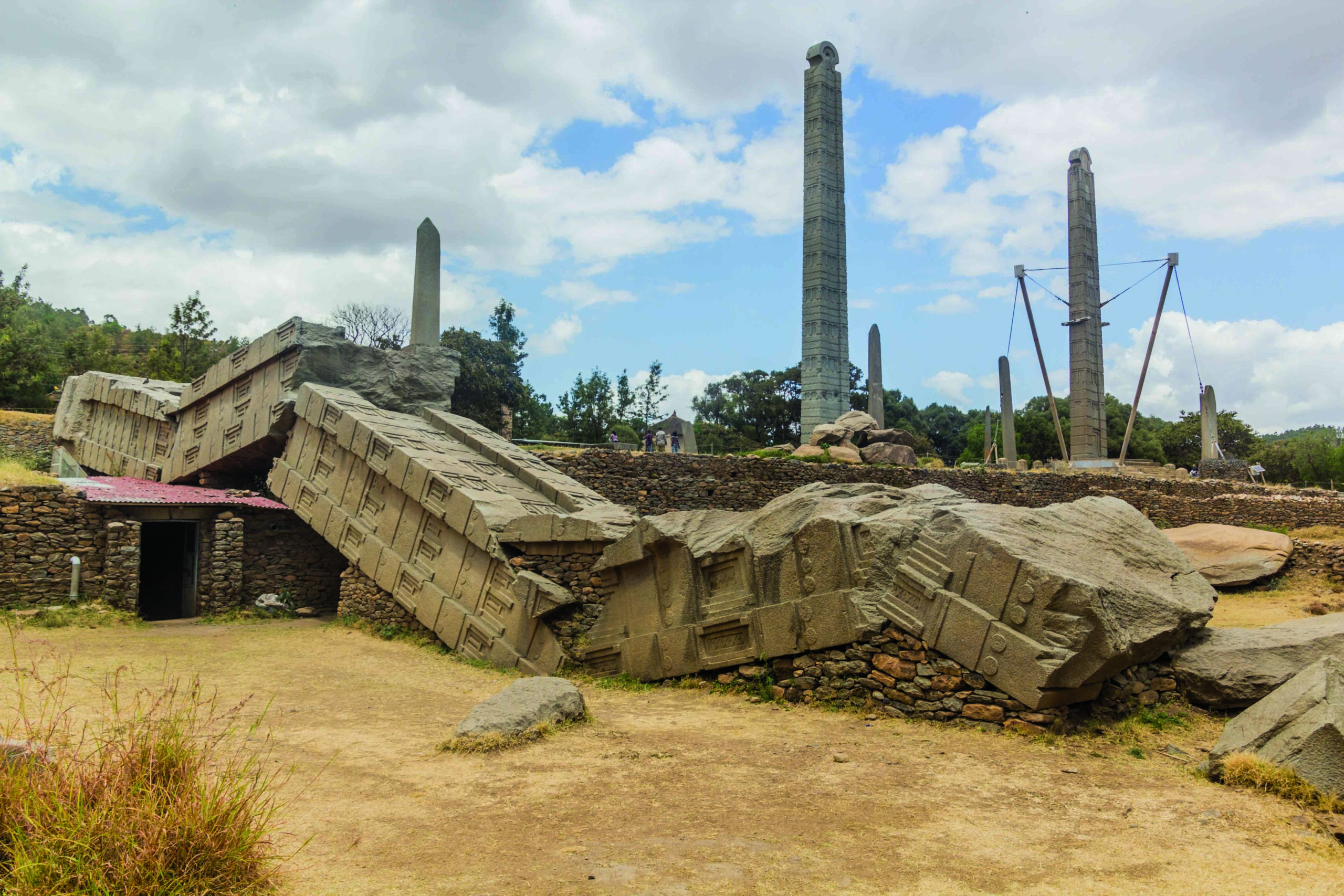XI’AN, CHINA—Live Science reports that a team of researchers led by Songmei Hu of the Shaanxi Provincial Institute of Archaeology has identified the remains of a giant panda and a tapir among the bones recovered from sacrificial pits found near the tomb of Emperor Wen of the Han Dynasty, who ruled from about 180 to 157 B.C. It had been previously thought that tapirs did not live in northwestern China at this time, although depictions of animals that might be tapirs have been found in ancient Chinese art. Remains of gaurs (a species of bison), tigers, green peafowl, yaks, golden snub-nosed monkeys, and a goat-like creature called a takin were also discovered in the sacrificial pits. To read about plant remains recovered from Han Dynasty tombs in Xi'an, go to "The Price of Tea in China."
Animal Remains Unearthed Near Tomb of China’s Emperor Wen
News August 18, 2023
Recommended Articles
Digs & Discoveries September/October 2025
A Chinese Frontier Fort

Features September/October 2025
Myth of the Golden Dragon
Eclectic artifacts from tombs in northeastern China tell the story of a little-known dynasty

Digs & Discoveries July/August 2022
Made in China

Digs & Discoveries May/June 2021
You Are How You Cook

-
Features July/August 2023
An Elegant Enigma
The luxurious possessions of a seventeenth-century woman continue to intrigue researchers a decade after they were retrieved from a shipwreck
 (Courtesy Museum Kaapskil)
(Courtesy Museum Kaapskil) -
Features July/August 2023
Rise of the Persian Princes
In their grand capital Persepolis, Achaemenid rulers expressed their vision of a prosperous, multicultural empire
 (Borna_Mir/ Adobe Stock)
(Borna_Mir/ Adobe Stock) -
Letter from Patagonia July/August 2023
Surviving a Windswept Land
For 13,000 years, hunter-gatherers thrived in some of the world’s harshest environments
 (Courtesy Raven Garvey)
(Courtesy Raven Garvey) -
Artifacts July/August 2023
Norse Gold Bracteate
 (Arnold Mikkelsen, National Museum of Denmark)
(Arnold Mikkelsen, National Museum of Denmark)


